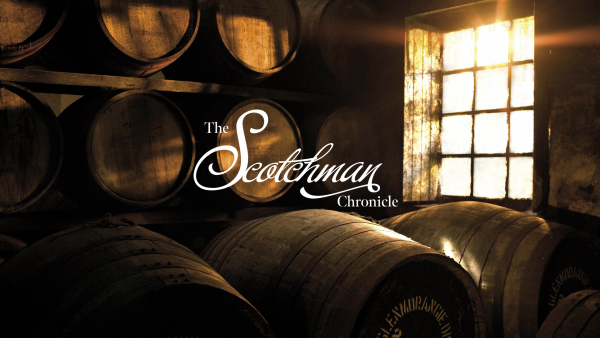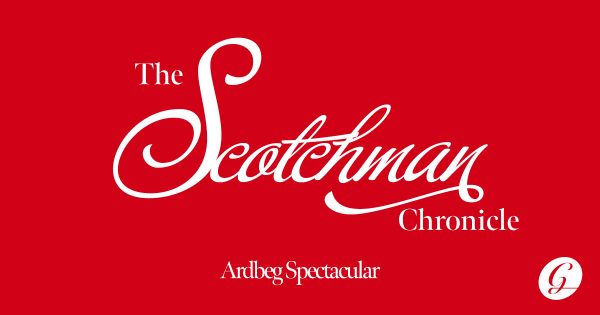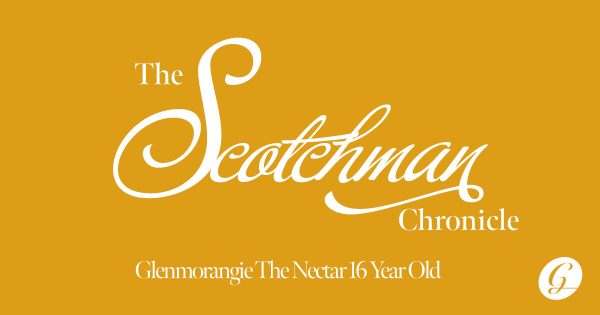Whisky or Whiskey? And other answers to your questions
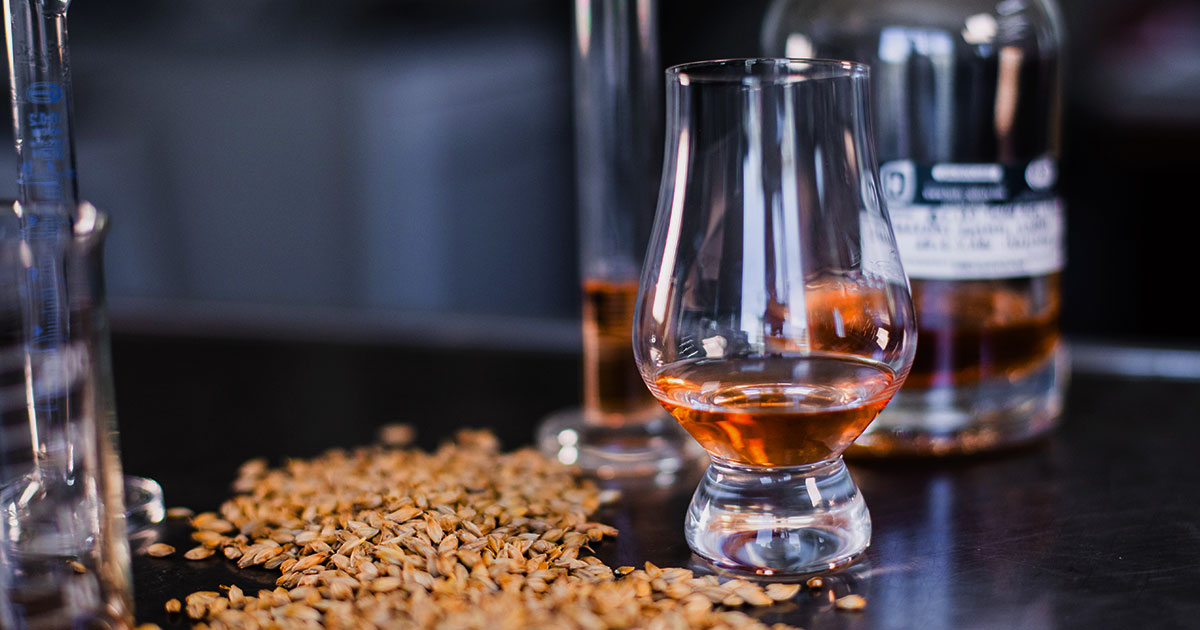
If you are new to the world of whisky, here is a little tip to learn more about the different terminologies. Should we say Whisky or Whiskey? What are the differences between “Single Malt,” “Single Cask,” etc.? You doubt, remember that whatever the word, all whiskies are good whiskies.
Whisky or Whiskey: The Whisky
The word whisky’ is derived from the Gaelic for water of life’, uisge beatha. It refers to a distilled spirit made from fermented grain mash—various grains such as rye, barley, wheat or corn can be used, each providing a unique flavour profile. Most whiskies are aged in wooden barrels (casks), usually oak, for several years. Whiskies are produced all over the world.
Whisky or Whiskey: The Whiskey
That little*e causes much confusion to those who aren’t au fait with whiskey lingo, but really it’s just a simple spelling variation that arose as whiskies travelled the world. Here’s a simple way to remember which whiskies use this bonus-vowelled version: both of the countries that use this spelling have an “e” in them (America and Ireland) while the other main whiskey producers don’t (Scotland, Canada, Japan).
Whisky or Whiskey : The Types of Whiskies
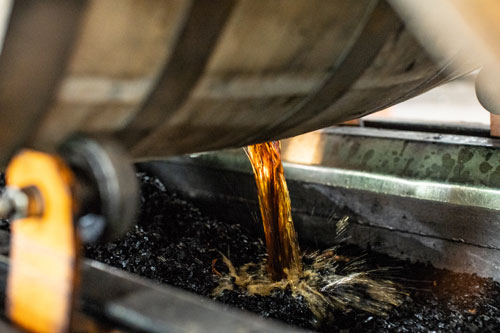
The Scotch
To qualify as an official “Scotch” whiskey, it needs to be produced and matured in Scotland, must be matured in oak for at least three years, and must be made from 100 per cent malted barley. Most barley is dried using peat, which gives Scotch its unique smoky flavour. There are over 80 whiskey distilleries in Scotland.
The Bourbon
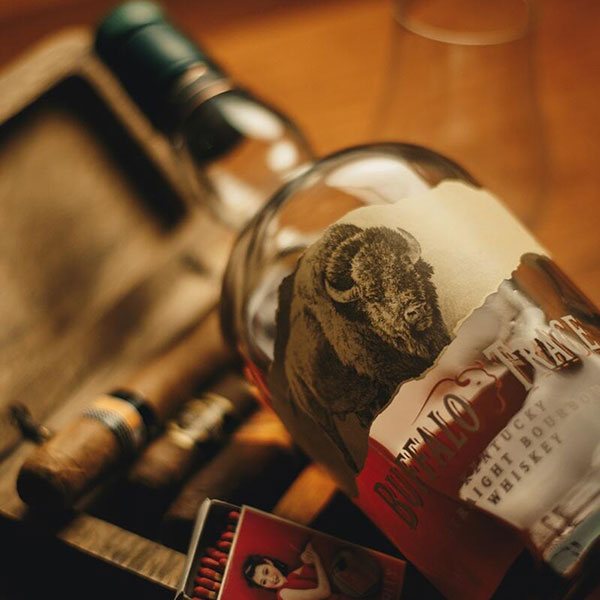
Photo: Buffalo Tarce Distillery
An American whiskey produced primarily in Kentucky, and made from at least 51 percent corn. There is no age specification for bourbon, but “straight” bourbons are aged for at least two years. They generally have a sweeter, smoother flavour than Scotch whiskies, with hints of caramel or vanilla. A fine example is the Buffalo Trace distillery, which produces some of the finest bourbons in the world.
Rye Whiskey
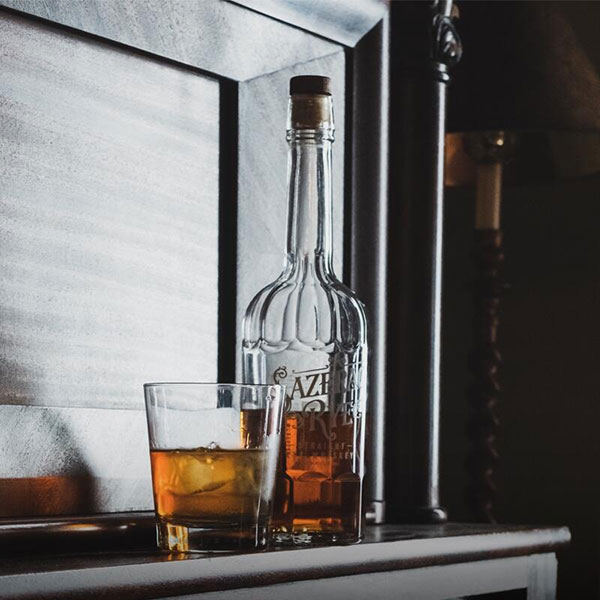
Photo: Sazerac
The Rye Whiskey is made with at least 51 percent rye and matured for at least two years. Traditionally made in America but also widely produced in Canada, this whiskey has a spicier flavour than most others.
Irish Whiskey
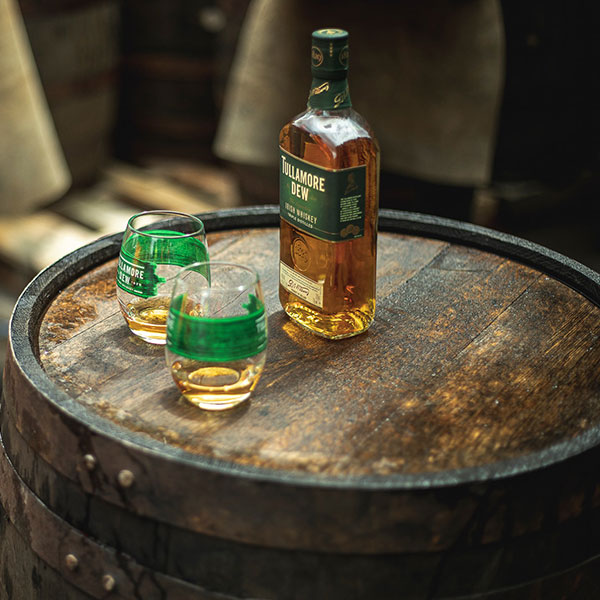
Photo: Tullamore D.E.W Facebook page
The Irish whiskies must include malted barley, but may be blended with other grains to create a wide variety of flavours. The only additives allowed are water and caramel colouring. The barley is not usually dried using peat, so Irish whiskies have a smoother, sweeter taste than Scotches. Take for example the Tullamore D.E.W. which is an Irish Whiskey.
Malt Whisky

Photograph: Bruichladdich
The “Malting’ is the process by which barley is germinated to turn the starch into natural sugars, which are then fermented to create alcohol. Malted barley is traditionally twice distilled in pot stills and then matured in oak for at least three years. In America, ‘malted rye’ refers to rye whisky that has undergone the same malting process.
Single cask
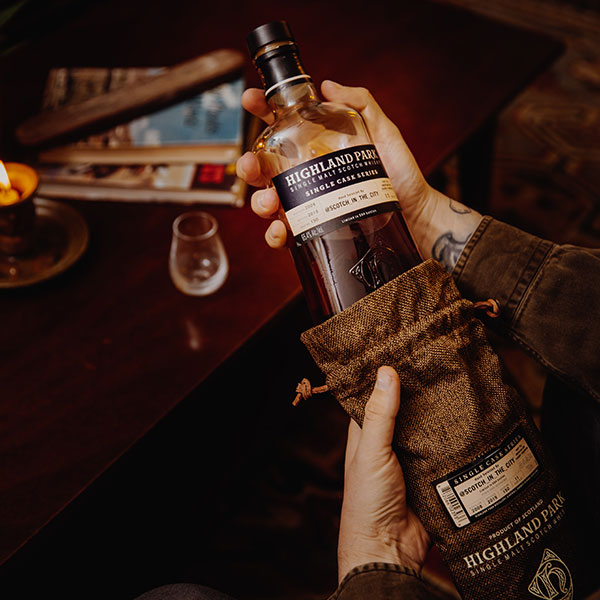
The product of a single distillation run, these whiskies are bottled from a single cask, as opposed to being blended with whiskies from other casks or distilleries.
Single Malt
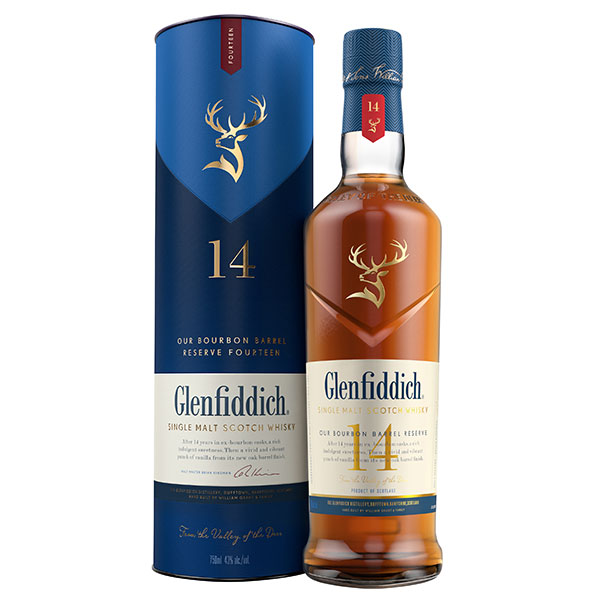
Photo: William Grant & Sons
A single malt is a malted whisky produced from a single distillery, as opposed to being blended with whiskies from other distilleries. Single malt Scotch must be aged for at least three years.
Blended Whiskey
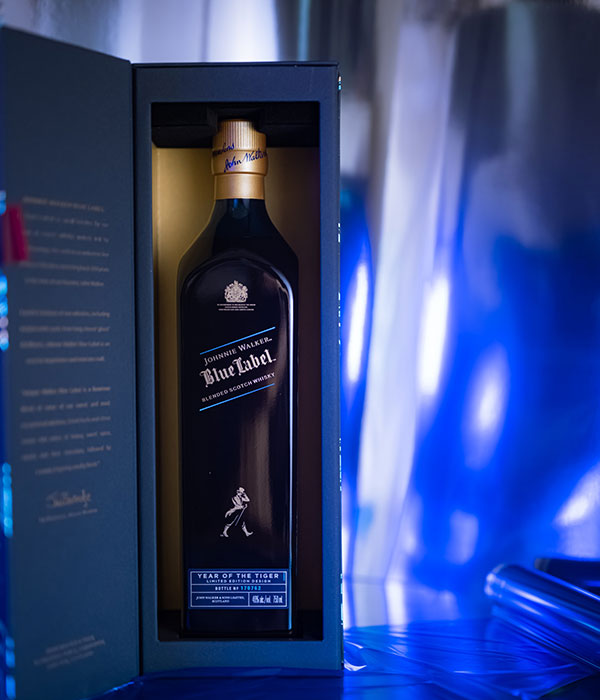
Here is a whisky created by mixing the product of more than one distillation run or distillery. Producers will often mix a high-quality single malt with a cheaper whisky (or sometimes another neutral grain spirit), and sometimes with extra colourings or flavourings, to create a more affordable spirit.
Text adapted from “The Little Book of Whiskey” by Tom Hay offered on Amazon


